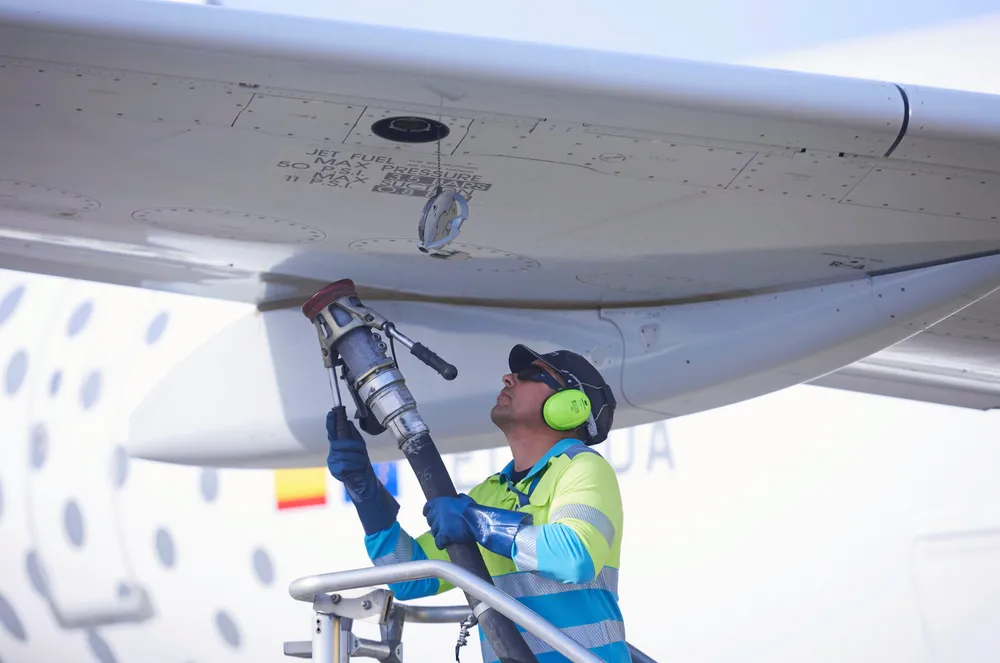Final approval given | 1.2% of aviation fuel in EU must be derived from green hydrogen by 2030
The proportion of synthetic aviation fuels will be regularly increased until it reaches a 35% share from 2050

The proportion of synthetic aviation fuels will be regularly increased until it reaches a 35% share from 2050
